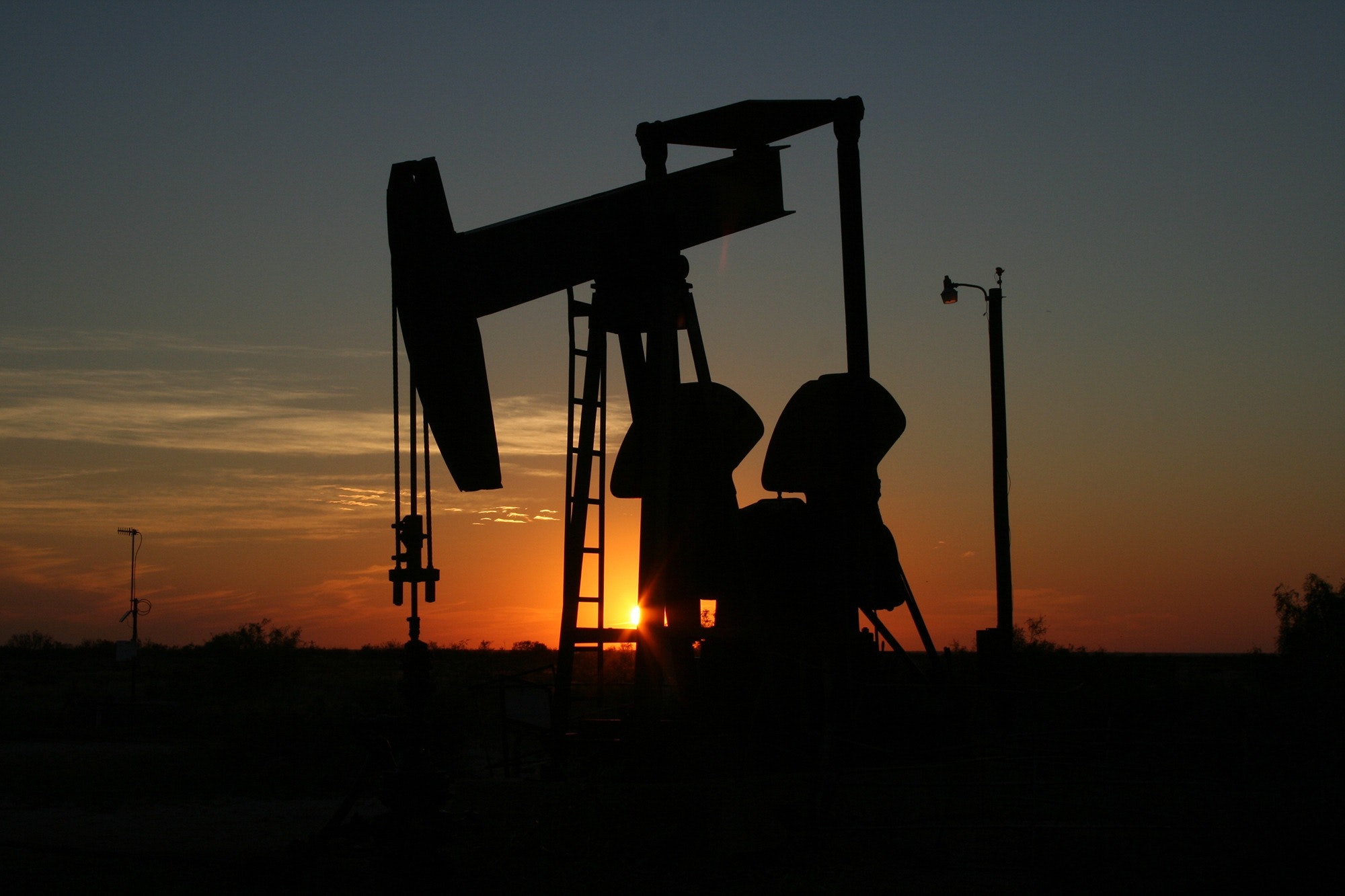Last week, prices at Texas gas pump spiked by 14 cents on average — the highest weekly average in about two years. At a time when the headlines are full of news about plentiful oil in the Permian Basin, shouldn’t gasoline prices in Texas be on the decline?
Matt Smith, director of commodity research at ClipperData says oil’s market price, not the amount being pumped, determines how much gas at the pump costs.
“Well the reason for it. . . is because of the recent rise in oil prices,” Smith says. “The oil price move has the biggest impact on the underlying price of gasoline. And we’ve seen oil prices rise about a third since Christmastime, and so this is getting priced into the pump.”
But the rise isn’t over.
“The unfortunate thing is that it works on a lagged basis, so the bad news is we have higher prices ahead of us,” Smith says.
And oil prices in Texas aren’t being influenced by the flood of oil from the Permian.
“A lot of U.S. refiners are still paying that global benchmark price for oil,” Smith says. “We still import about 8 million barrels a day. . . even though we’re hitting record production levels of 12 million barrels a day. The rising oil price on a global basis is due to a number of factors, including OPEC production cuts, the turmoil in Venezuela, and the sanctions on Iran. And then this global price is hitting the pump on a regional basis.”
And the oil being produce in the Permian Basin is not “the right type of oil.”
“In the Permian Basin, [it’s] light, sweet, domestic crude which is high-quality stuff. The issue is that the U.S. Gulf refiners are geared towards refining heavier, more sour, low-quality crude. . . that we get from the Middle East, from Venezuela, from these other OPEC members. Even though we may be seeing production continue to rise, U.S. refiners cannot use all of that,” Smith says.
The rise in gas prices isn’t out-of-the-ordinary, however.
“It is a seasonal thing that you see gasoline prices rise through the first third of the year as refineries go into maintenance and then we switch to that summer blend, which is more expensive because of the additives in the fuel, and then we move into summer driving season,” Smith says.
Written by Brooke Reaves.















